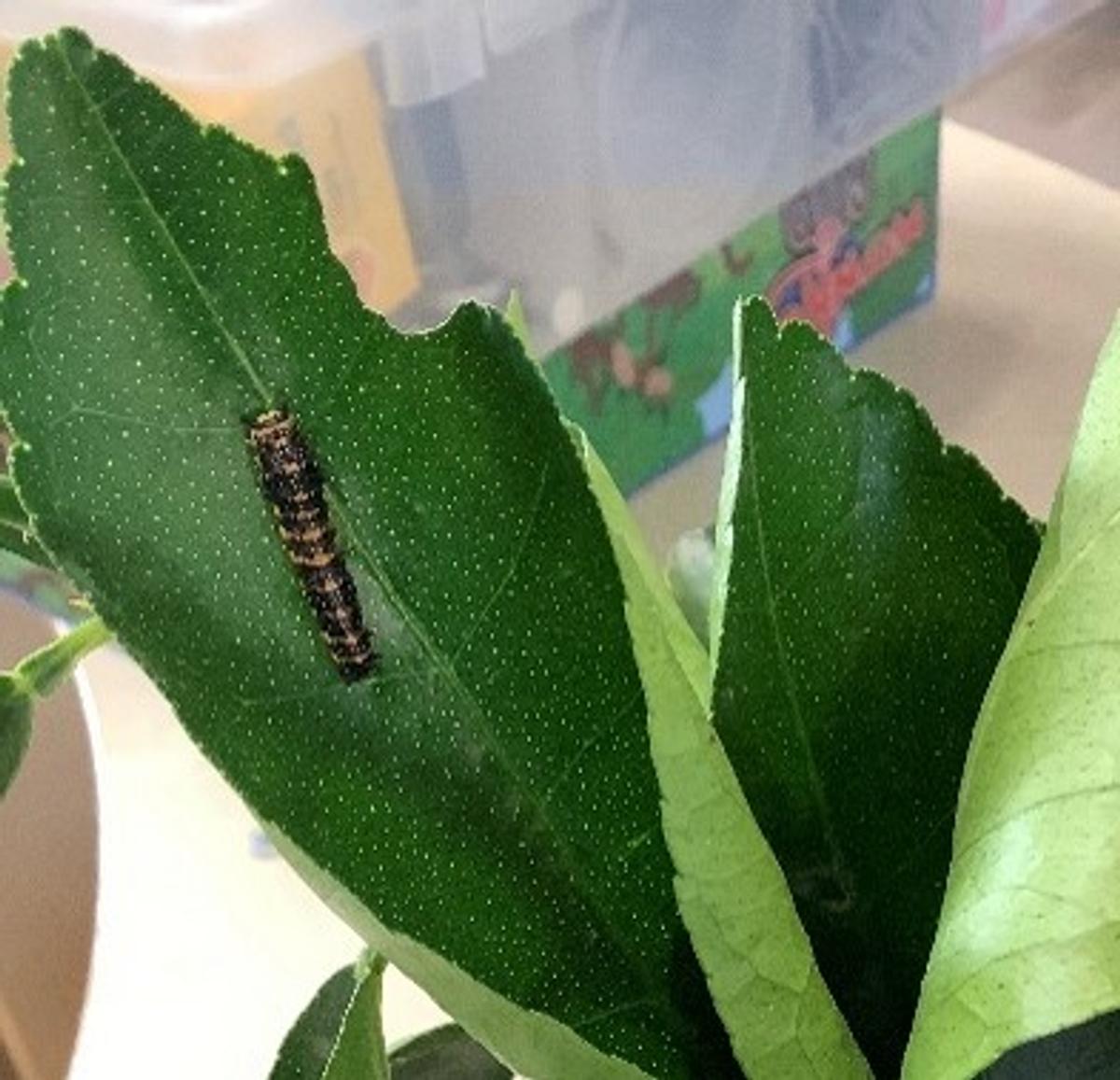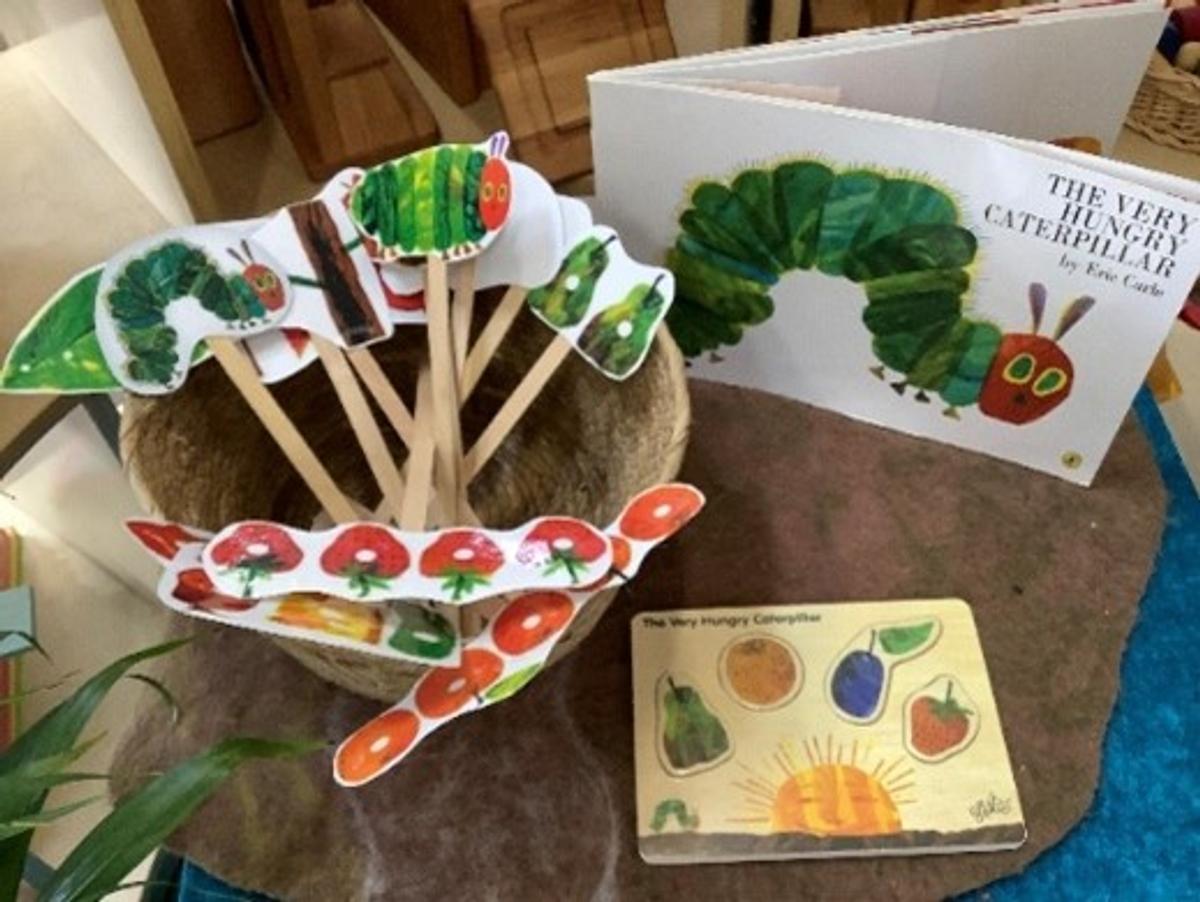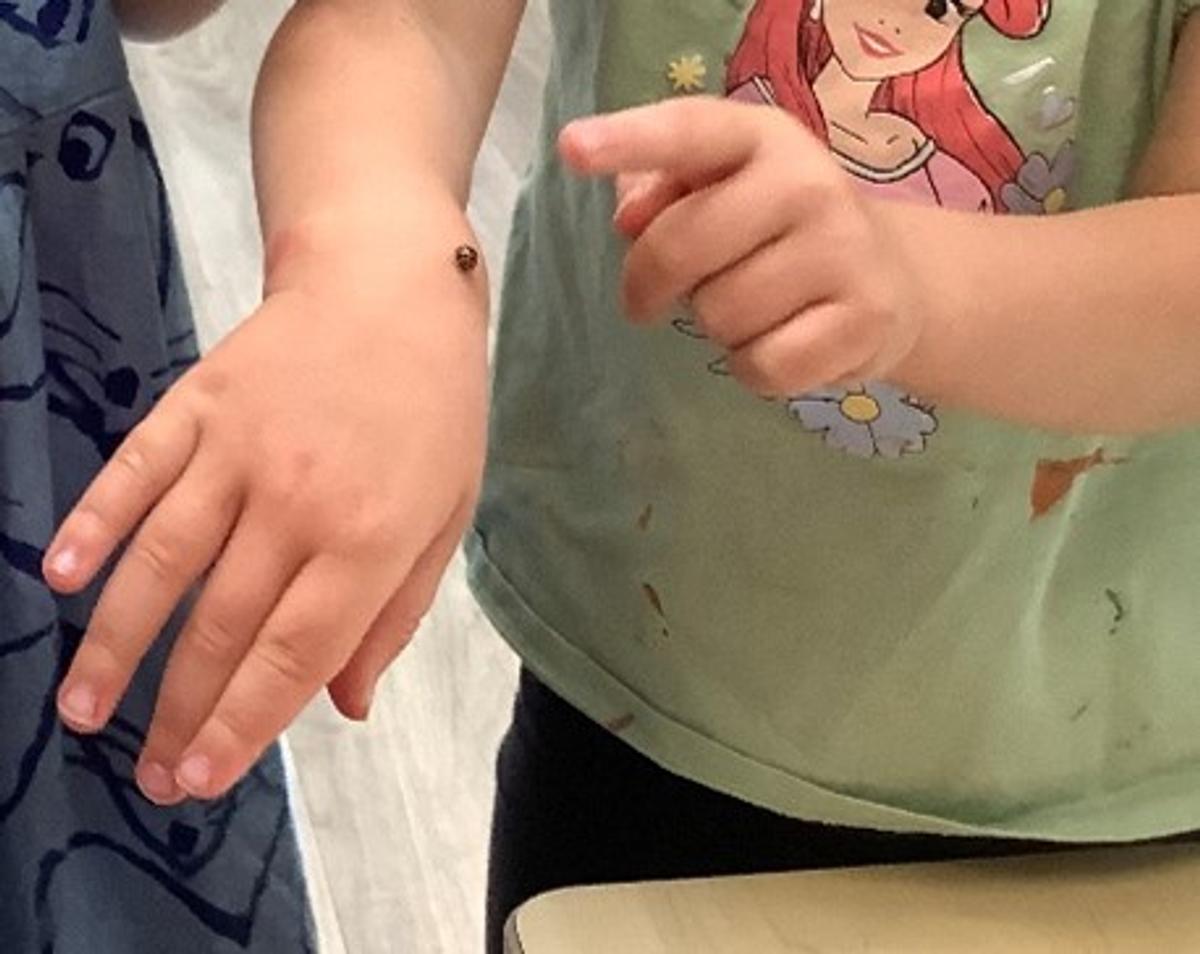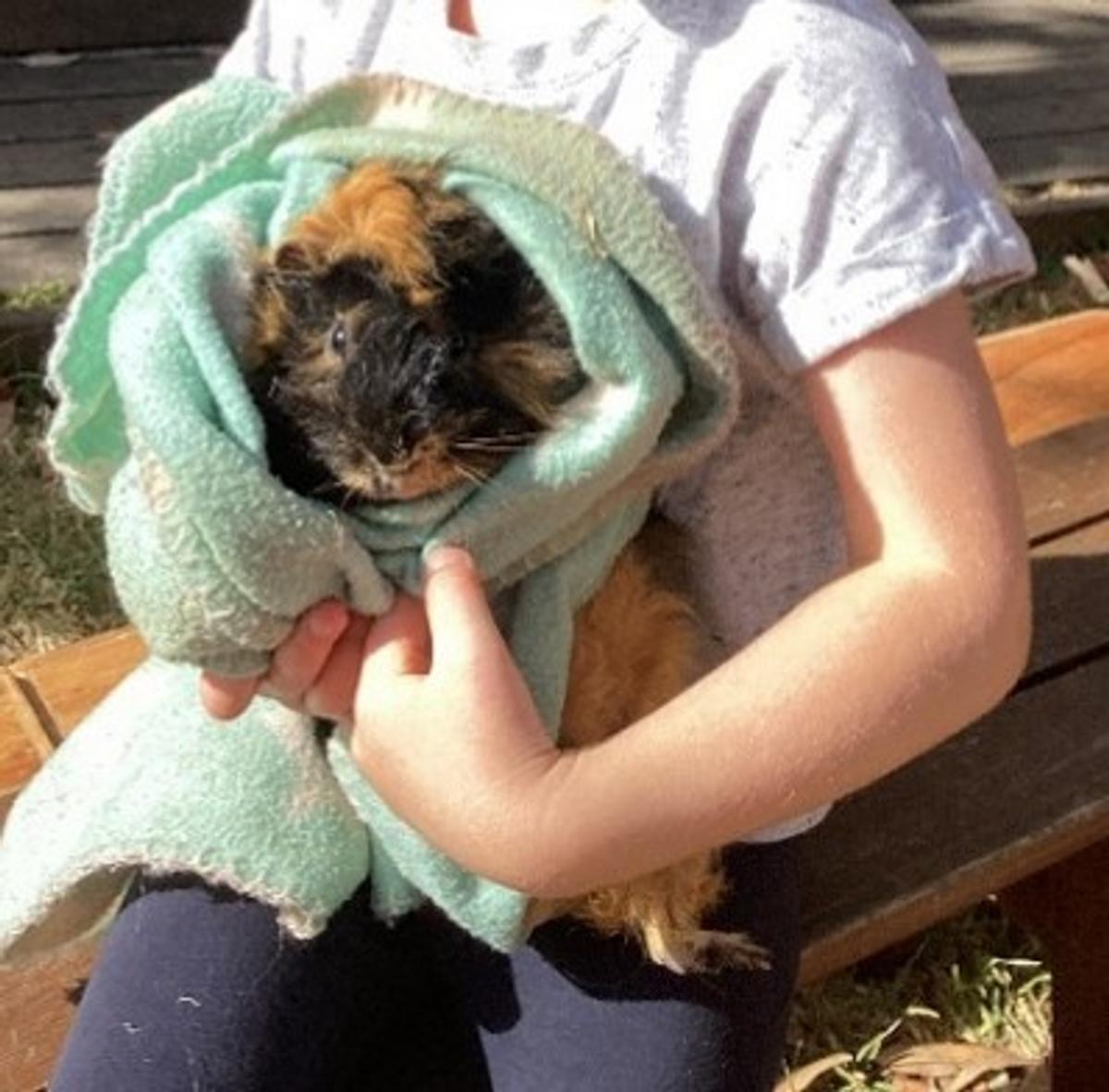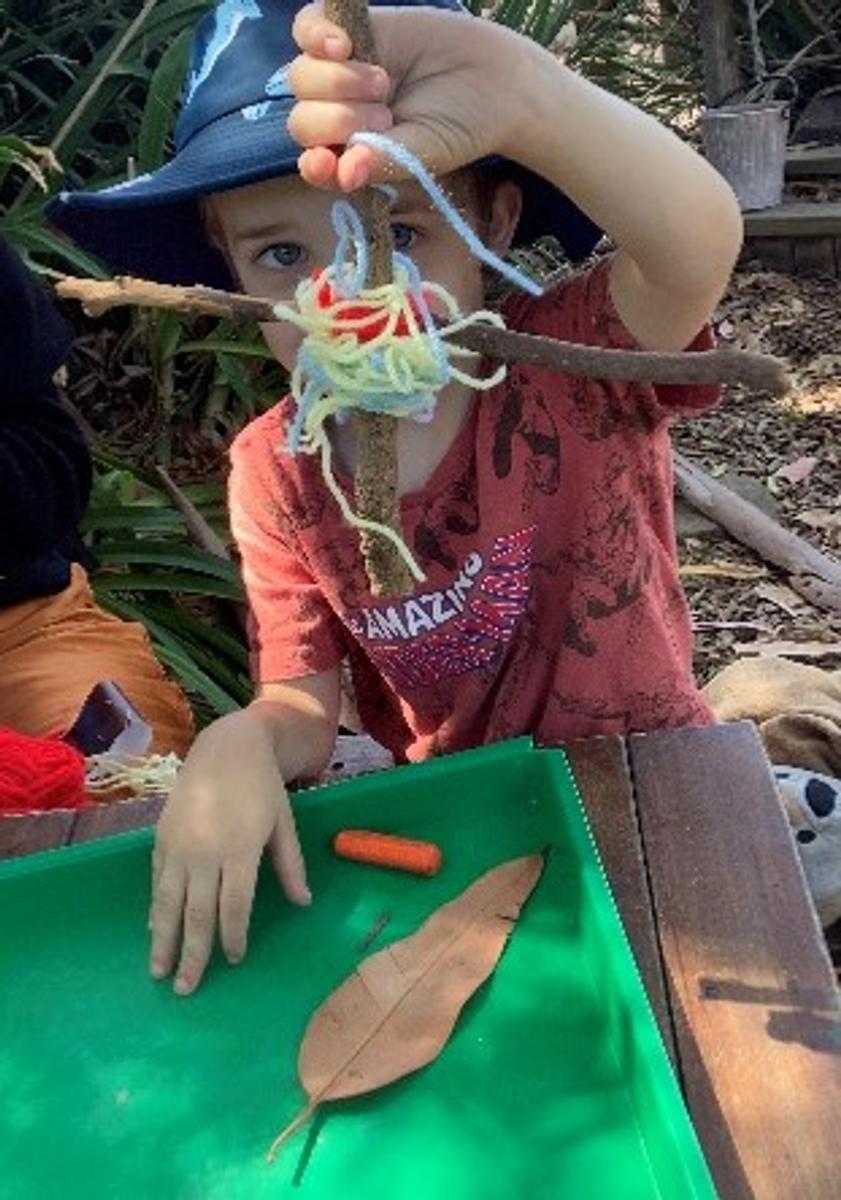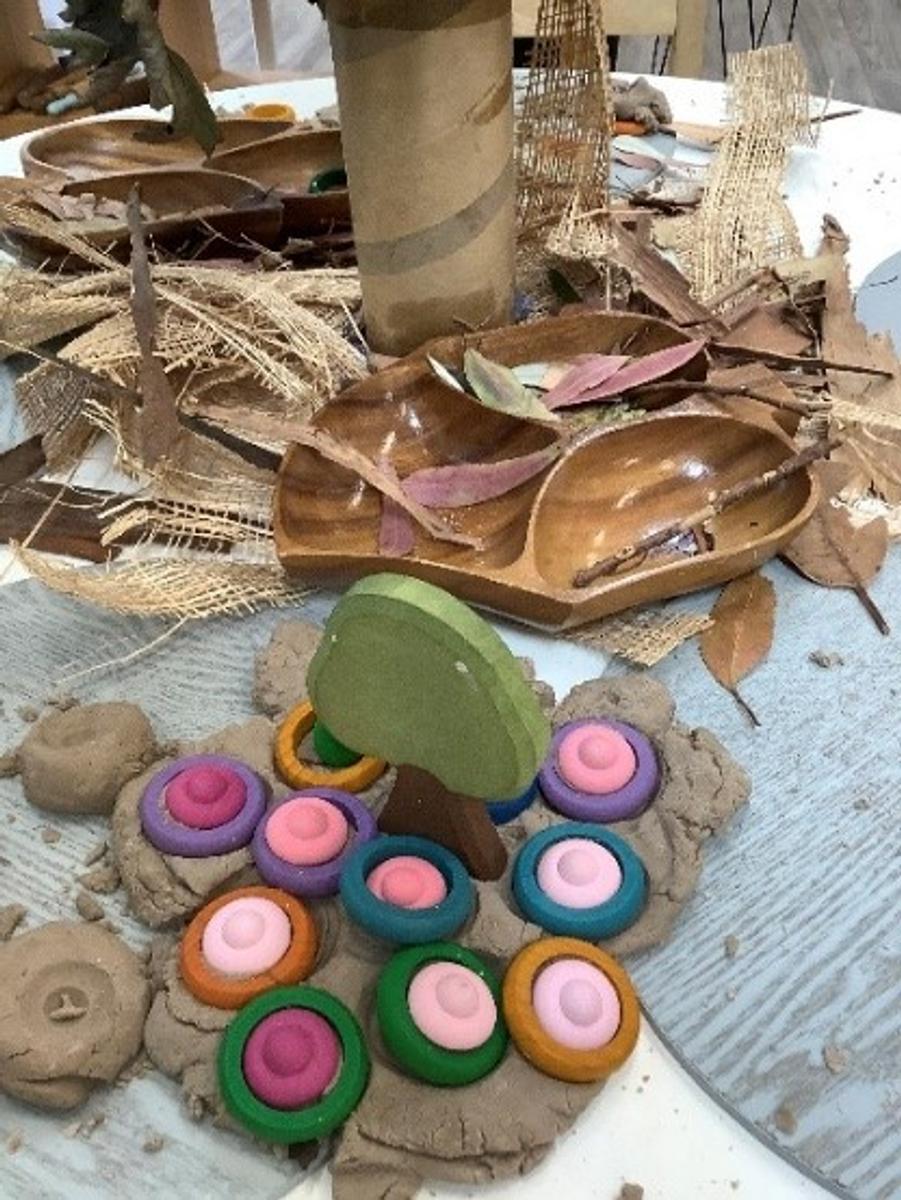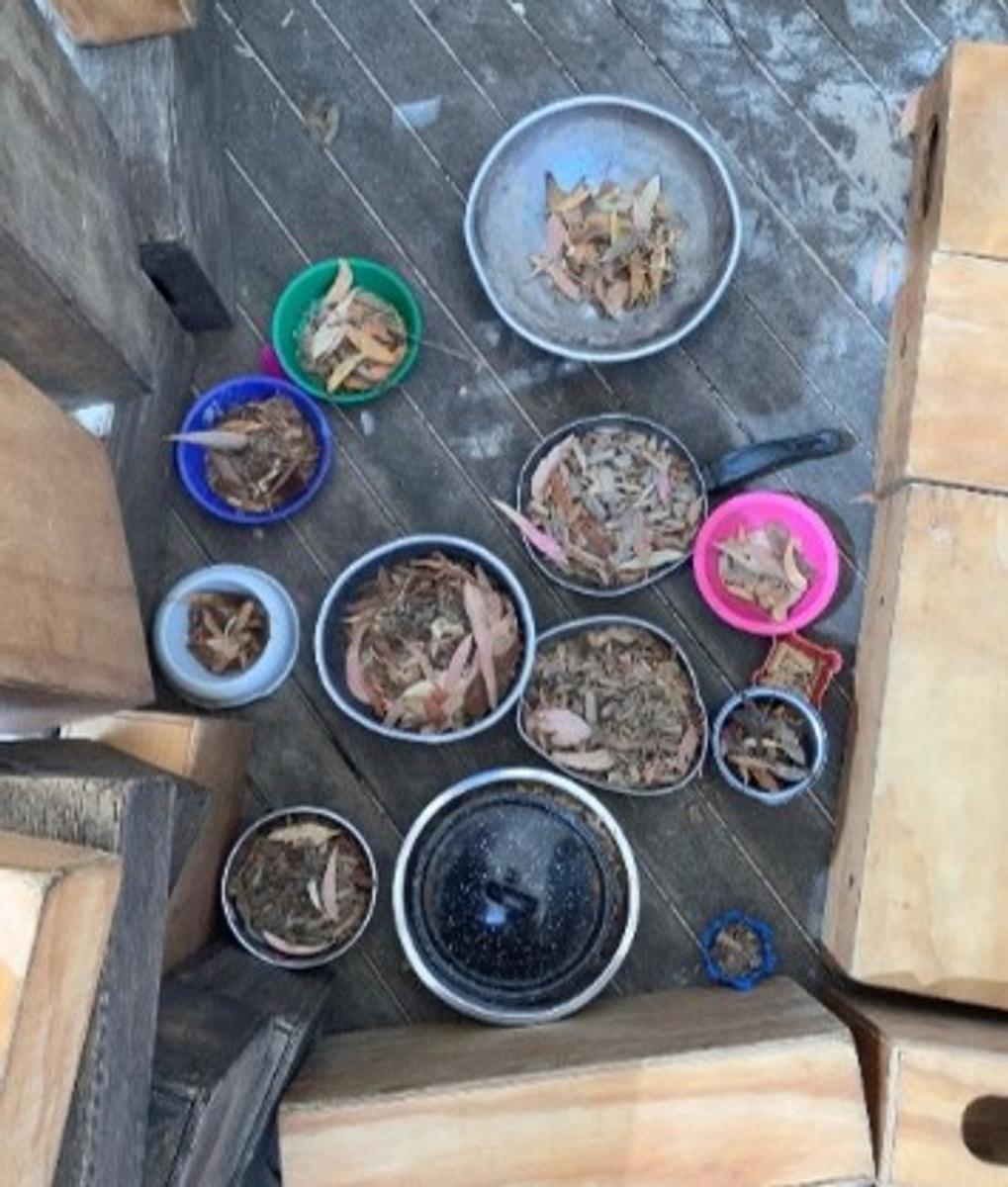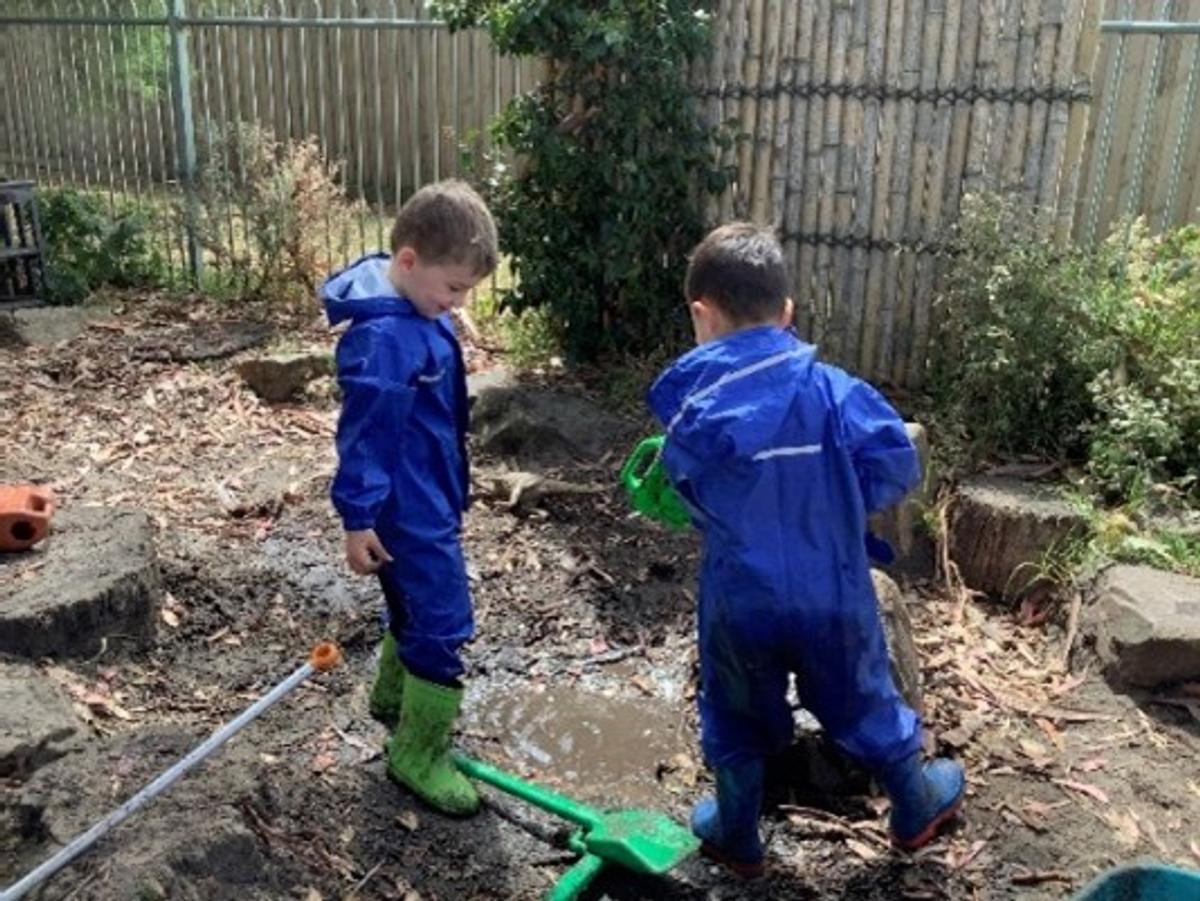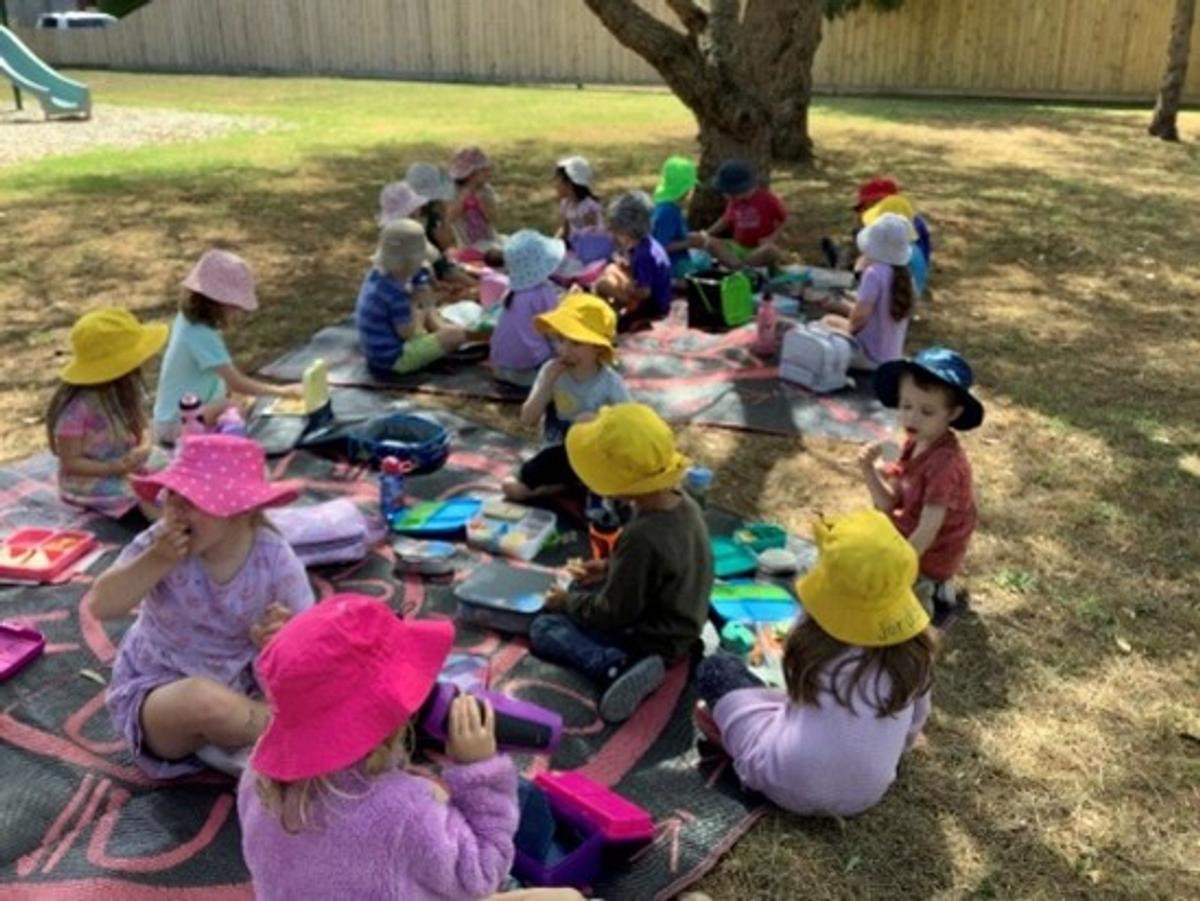Glen Education Aspendale North

Learning through Play
Kate Warren-Smith, Early Childhood Teacher
Common across all early childhood and care services is the concept and practice of ‘learning through play’. Play-based learning is described in the Early Years Learning Framework (EYLF) as ‘a context for learning through which children organise and make sense of their social worlds, as they actively engage with people, objects and representations’ (EYLF, 2009, p.46). Research and evidence all point to the role of play in children’s development and learning across cultures (Shipley, 2008) and many believe that children’s play, learning and development is deeply intertwined.
But what is play? Play is …..
- Spontaneous, voluntary and freely chosen
- Engaging
- Active, and ‘hands on’
- Process rather than product driven, and
- Enjoyable.
At Glen Aspendale North Kindergarten we believe and champion the idea that environments support the children to ‘play’ and to become capable and resourceful constructors of their own knowledge. With this in mind, our educational environment (both indoors and outdoors) includes a predominance of hands on, open-ended materials that supports exploration and play-based learning. Examples of these materials include: items that have multiple uses and are sufficient in numbers, junk materials, natural materials, loose parts, fabric and clay. These materials invite children to investigate, experiment, problem solve and test hypotheses without close adult supervision (Walker, 2007).
Our task as the Glen ANK Teaching Team is to support, empower and maximise children’s learning which encourages children to want to explore, create and learn (Lubawy, 2009, p.135). We aim to invite children to delve deeper, investigate and represent their learning through a range of mediums that foster encounters, communication and relationships with peers/teachers/families and our wider community.
The children at Glen ANK have been exploring many physical spaces. Some of these spaces have come about due to collaboration with children and the families of our service.
For example, we are currently exploring the ‘life cycle of a butterfly’ after Oskar brought in a caterpillar from home for us to observe.
Through this shared experience we are learning to engage with nature, whilst also learning to care and ‘respect’ wildlife, our pets ‘Chompers' and 'Jet’ (guinea pigs) and our worm farm. The children have enjoyed discovering and showing interest in the many bugs and critters we discover in our natural environment and are learning to look, enquire, discuss and use technology to investigate and learn about these findings. Children are learning to return discoveries carefully back to their natural habitat and to handle our mini beasts with care.
Through our journey discovering the outdoors many children noticed the large amount of bark and leaves that had fallen from the trees. This prompted the group to enjoy painting on bark and using the leaves for threading and leaf rubbings. We also collected many small sticks and used these to make yarning stars. These were great experiences that followed the children’s interests and also assisted in getting little hands working (prewriting development and hand strength activities). Our playdough area was also adapted to this area of interest with many loose parts and natural items for the children to explore.
We also enjoy using natural items in our many play spaces, such as spontaneous cooking play and mud play.
Our play spaces invite children to delve deeper, investigate and represent their learning through a range of mediums.
The children have been discovering the vegetables in the veggie garden, promoting discussion about what vegetables are ripe and ready to eat. They have been watering the garden, with our natural fertiliser from our worm farm, assisting the growth of our plants and vegetables.
Reference: Visions of creativity in early childhood : connecting theory, practice and reflection / Joy Lubawy, 2009


